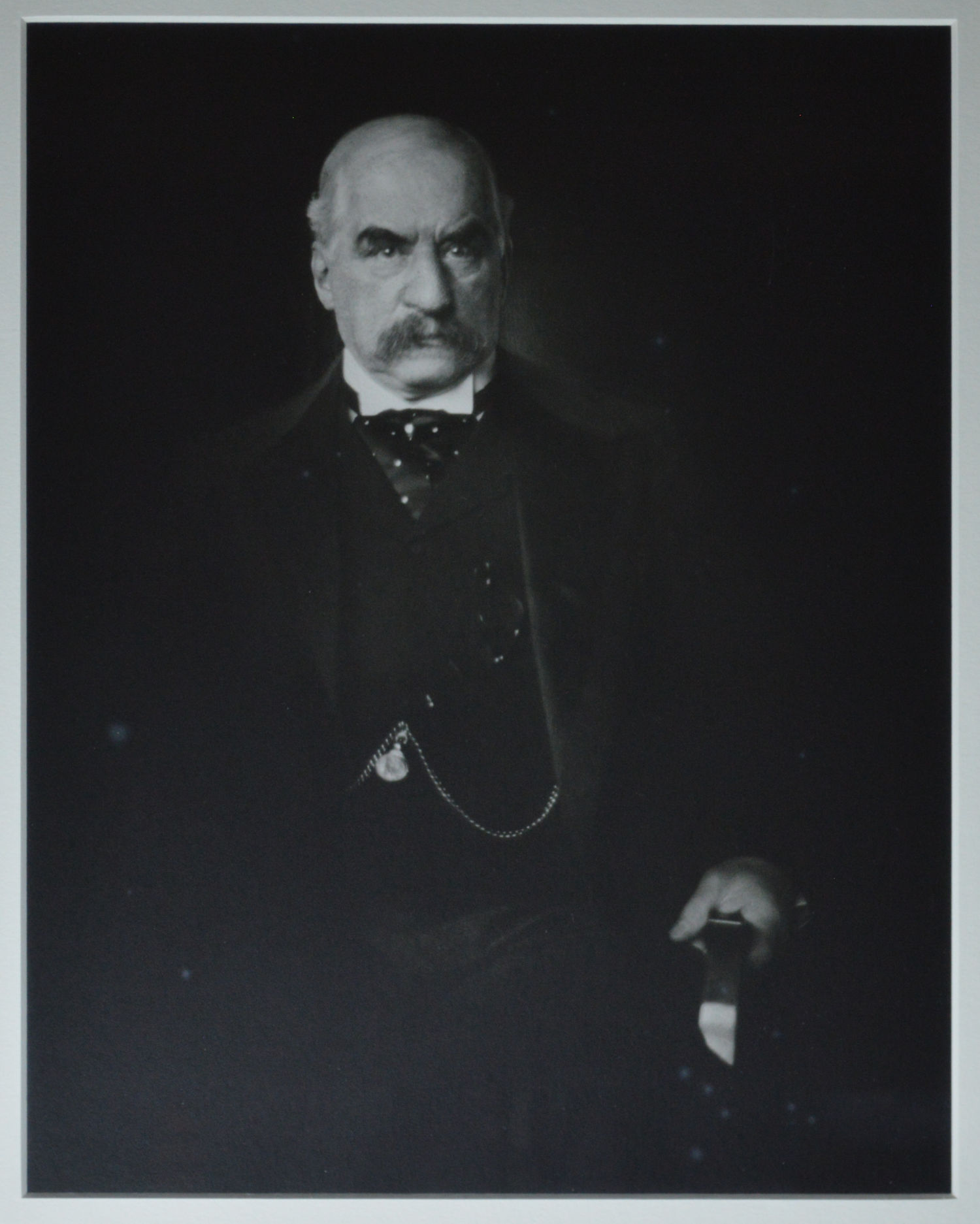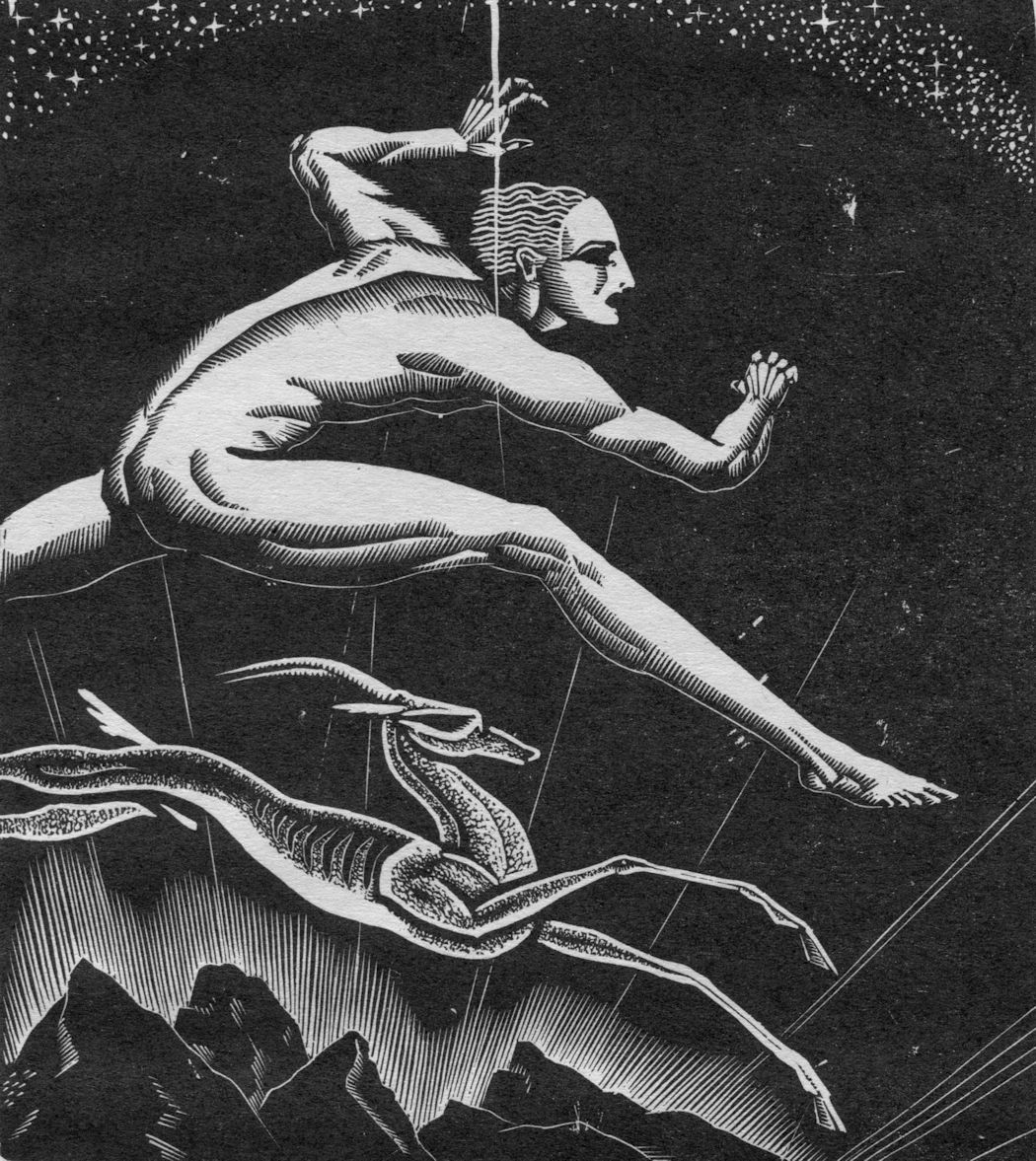Edward Steichen (1879-1973)
Photographer and curator Edward Steichen was born in Bivange, Luxembourg. He came to the United States with his mother in 1881, the year following his father’s arrival in Chicago where the family lived until 1889. The Steichen family moved to Milwaukee, where Edward became an apprentice lithographer and first developed an interest in photography, leading to his collaboration with Alfred Stieglitz whom he met in New York in 1900. In 1903, Stieglitz began publishing The Camera Work, a quarterly journal celebrated for its photogravure reproductions of the work of world-renowned photographers. Through The Camera Work, Stieglitz aimed to establish photography as an art form in its own right. It is no coincidence that Edward Steichen’s work dominated the journal throughout its fifteen year history.
Steichen created the first modern fashion photographs, and later commanded the Photographic Division of the American Expeditionary Forces, documenting American participation in World War I. In the inter-war years, Steichen worked for Condé Nast Publications, particularly for Vogue and Vanity Fair, as well as for leading advertising agencies. He was widely regarded as the most famous and most highly paid photographer in the world.
During World War II, Steichen directed Naval Aviation Photographic Unit, and after the war, he headed the Department of Photography at the Museum of Modern Art in New York. He died at his farm in Redding, Connecticut, where he had lived since 1928.

J. P. Morgan, 1903
Mounted silver gelatin photograph, printed 1981/1982 by George Tice for Prestige Art, Mamaroneck, New York, publisher of the portfolio Edward Steichen: Twenty-five Photographs in an edition of 132 (one hundred for sale). Image size 10½" x 13". The print is mounted; the original size of the mount was 15 15/16" x 19-7/8;" it was trimmed for framing to 15-9/16” x 19½." The lower portion of the label bearing the statement of authenticity and the signature of George Tice was trimmed at this time, clipping the bottom of Tice's ink signature. A photograph is available for examination upon request.
In 1903, the painter Fedor Encke was working on a portrait commission by Morgan. In January of that year, he hired the twenty-three year old immigrant Edward Steichen to photograph his famous subject for subsequent reference.
This, the second of two exposures, was taken just after Steichen had asked Morgan to shift his position slightly, causing the old man to show his irritation and sharpen his posture. In that instant, the young man captured the great financier, his left hand holding the arm of the studio chair whose tip reflected the glint of light as if it were the blade of a knife in Morgan's grasp.
This print is ex-collection of the Richard E. Jacobs Group, Cleveland, Ohio and is surely one of the most iconic photographic portraits of the twentieth century.
$1,100
